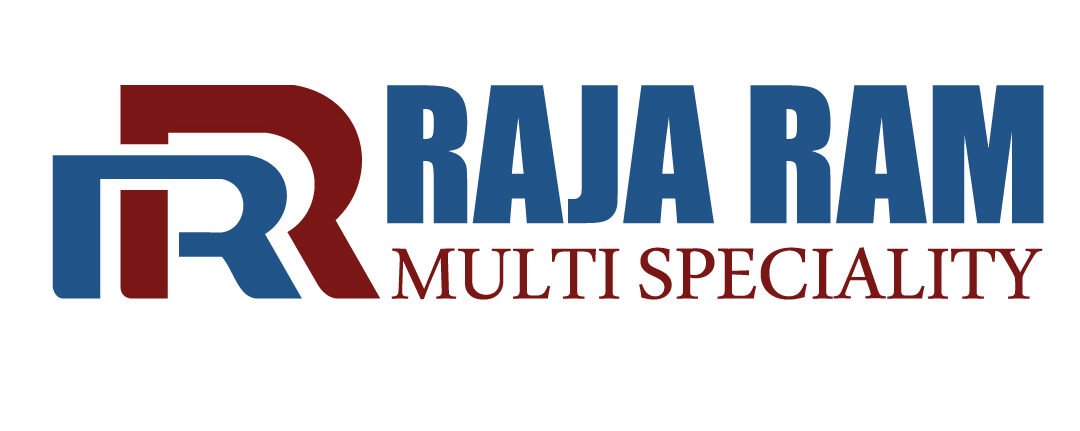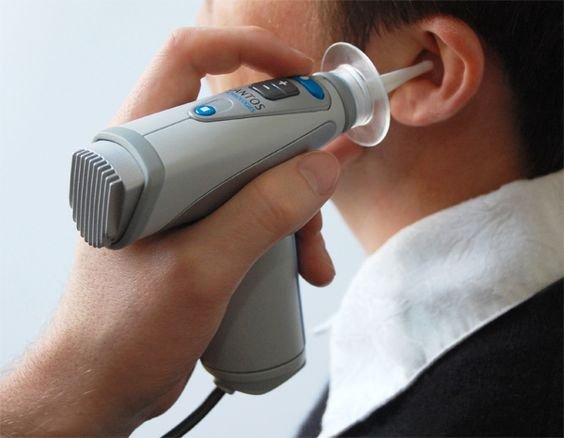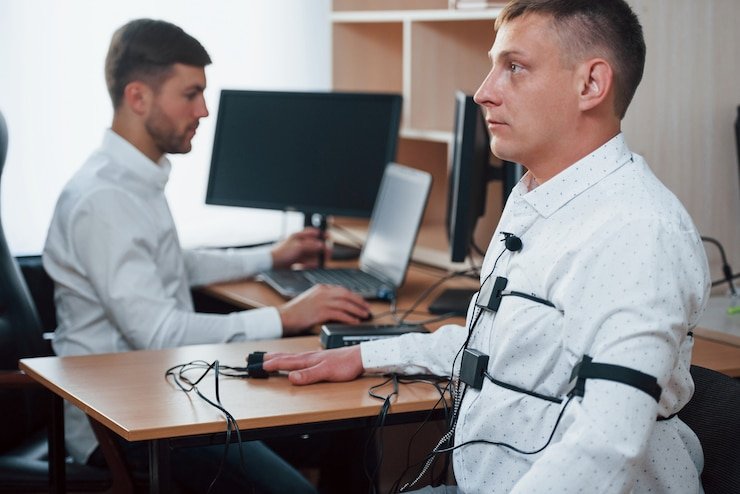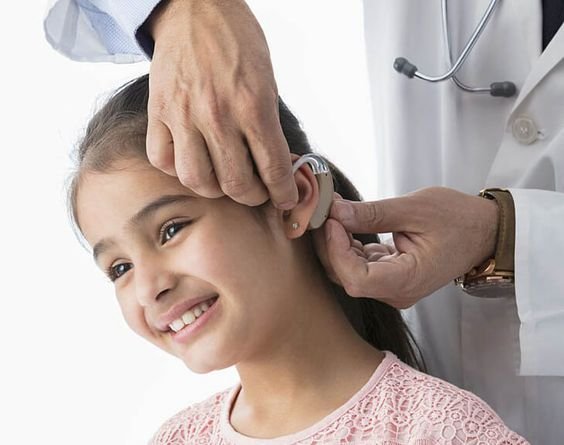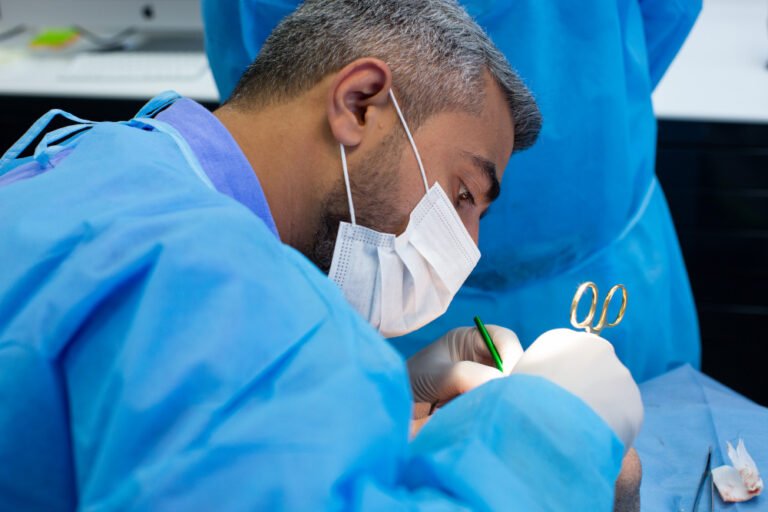Challenges And Opportunities In Computerized Audiology
Audiology, the branch of science dedicated to the study of hearing, has witnessed a transformative evolution with the advent of computerized technologies. The integration of computers in audiological practices has introduced new possibilities and efficiencies, but it is not without its challenges. In this article, we delve into the intricacies of computerized audiology, exploring the hurdles faced and the opportunities that lie ahead.
Challenges in Computerized Audiology
Accessibility and Affordability:
One of the primary challenges in computerized audiology is ensuring that the benefits of advanced technologies are accessible and affordable for all individuals. High costs associated with cutting-edge equipment and software can limit access, particularly in underserved communities or developing countries.
Integration with Traditional Practices:
The transition from traditional audiological practices to computerized systems can be met with resistance. Audiologists may face challenges in integrating new technologies into their established workflows, requiring training and adaptation.
Standardization of Technology:
Lack of standardization in computerized audiology technologies poses a significant challenge. Diverse platforms and software may result in compatibility issues, hindering seamless collaboration and data exchange among healthcare professionals.
Data Security and Privacy Concerns:
With the digitization of patient records and sensitive health data, ensuring robust security measures becomes paramount. The risk of data breaches and privacy concerns requires constant vigilance and investment in secure systems.
Limited Accessibility for Special Populations:
Certain populations, such as the elderly or those with disabilities, may face challenges in navigating and utilizing computerized audiology tools. Design considerations must be inclusive to ensure accessibility for all.
Technological Obsolescence:
The rapid pace of technological advancement may lead to the obsolescence of equipment and software. Audiologists need to continually update their skills and invest in the latest technologies, posing financial and training challenges.
Opportunities in Computerized Audiology
Precision Diagnostics:
Computerized audiology enables more precise and accurate diagnostics. Advanced signal processing algorithms can analyze auditory responses with a level of detail that was previously unattainable, aiding in the early detection of hearing disorders.
Remote Monitoring and Teleaudiology:
The integration of computerized technologies opens avenues for remote monitoring and teleaudiology. Patients can undergo assessments from the comfort of their homes, reducing the need for frequent clinic visits and improving accessibility to hearing healthcare services.
Personalized Treatment Plans:
Computerized audiology allows for the customization of treatment plans based on individual patient data. This personalized approach enhances the effectiveness of interventions, including hearing aid fittings and rehabilitation programs.
Advancements in Hearing Aid Technology:
The development of computerized algorithms has led to significant advancements in hearing aid technology. Smart hearing aids can adapt to different environments, providing a more natural and tailored listening experience for users.
Big Data Analytics in Auditory Research:
The vast amount of data generated through computerized audiology can be harnessed for research purposes. Big data analytics can uncover patterns, trends, and correlations, contributing to a deeper understanding of hearing disorders and their underlying mechanisms.
Artificial Intelligence for Automated Diagnosis:
Artificial intelligence (AI) holds promise in automating certain aspects of audiological diagnosis. Machine learning algorithms can analyze large datasets to assist audiologists in identifying patterns and making more accurate diagnoses.
Innovations in Virtual Reality:
Virtual reality (VR) applications are being explored in the field of audiology. VR can simulate real-world auditory environments, aiding in the assessment and rehabilitation of individuals with hearing impairments.
Interdisciplinary Collaboration:
Computerized audiology encourages interdisciplinary collaboration between audiologists, computer scientists, engineers, and healthcare professionals. This collaborative approach fosters innovation and the development of holistic solutions to address challenges in hearing healthcare.
Conclusion
Computerized audiology presents a paradigm shift in the way we approach hearing healthcare. While challenges exist, the opportunities are vast and transformative. The ongoing commitment to addressing accessibility issues, ensuring data security, and embracing new technologies will pave the way for a future where computerized audiology plays a central role in enhancing the lives of individuals with hearing impairments. As researchers, practitioners, and technology developers continue to collaborate, the potential for innovation in this field is boundless, offering hope for a more inclusive and advanced era in audiological care.
